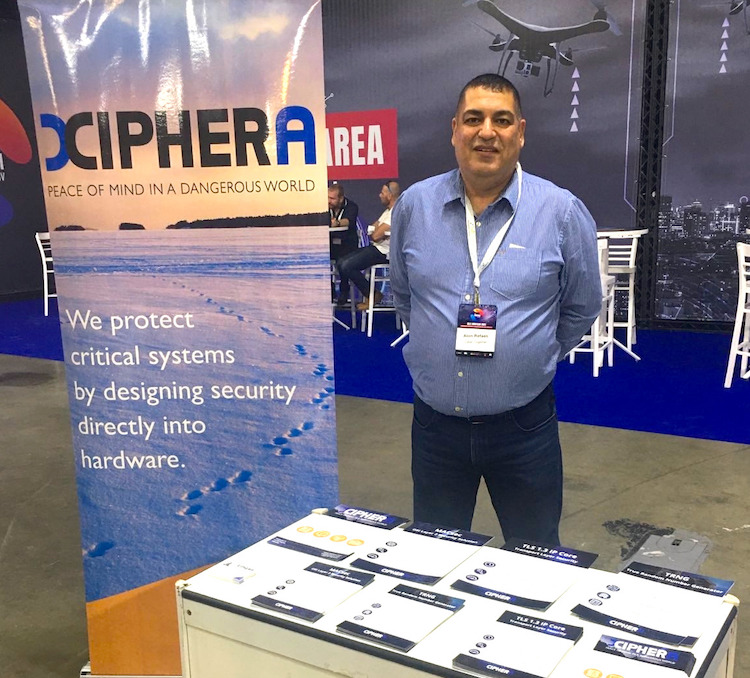Israel is one of the leading cybersecurity nations in the world, and is well known for it. The country has become like a centre for cybersecurity for example with the help of the government and by investing in human capital and interdisciplinary in education (e.g., students of Tel Aviv University can specialise in cybersecurity regardless of their study program). Also, a mindset that gets Israeli cybersecurity companies to innovate and rethink their business helps them to keep their fingers on the pulse in this rapidly changing environment.
Israel’s market is ideal for companies like Xiphera, and Xiphera’s Global Business Growth Advisor, Alon Refaeli, is the right person to combine Xiphera’s unique solutions with Israel’s growing cybersecurity industry. “Israel is an early adapter and well educated about security”, he says. With him, Xiphera is approaching the high-tech sector and ruggedized system solutions for both Israeli and multinational companies. “We approach those companies who are designing with FPGAs either externally or internally”, he explains. Read Alon Refaeli’s blog post here.
Alon Refaeli has actively promoted Xiphera in Israel, and in November, 2021, he represented Xiphera in iHLS Innotech – an international conference and exhibition for cyber, HLS, and innovation held in Tel Aviv, Israel.
“Separate the encryption in the hardware from the rest of the processing”
Israel Defense published an interview of Matti Tommiska, Xiphera’s Co-founder and CEO in October, 2021. Here are excerpts from the article handling Xiphera and benefits and future of hardware-based cryptography and ecryptions, written by Ami Rojkes Dombe:
“The idea is that encryption is critical and cannot fail,” Matti Tommiska explains. “We do not trust software-based encryption. Our goal is to help companies implement the algorithms in hardware with Field Programmable Gate Arrays (FPGA).”

Tommiska says that with software, one needs to rely on other layers which are beyond one’s control. “As opposed to software, we implement the cryptographic algorithm directly in hardware with FPGAs.”
“The aim is to separate the encryption in the hardware from the rest of the processing,” Tommiska explains.
“This provides for improved performance and lower power consumption. You have better control on the algorithm application in the hardware than in the software. We provide the algorithm implementation to the customers, and they integrate the algorithm implementation with the rest of their logic design.”




